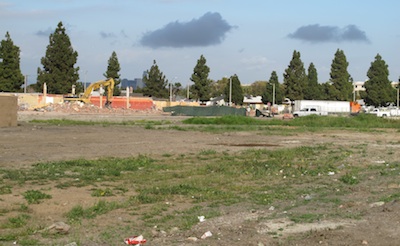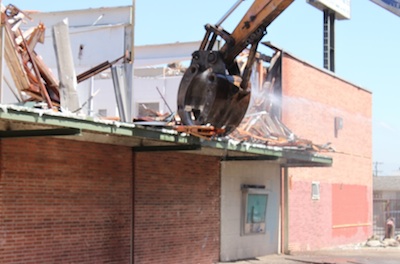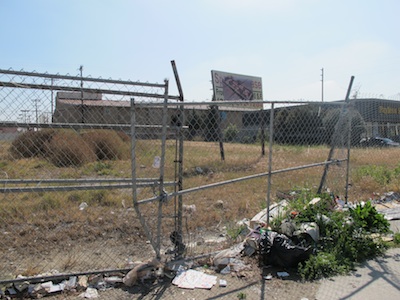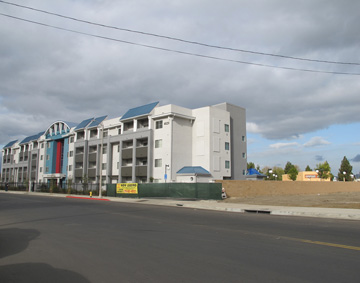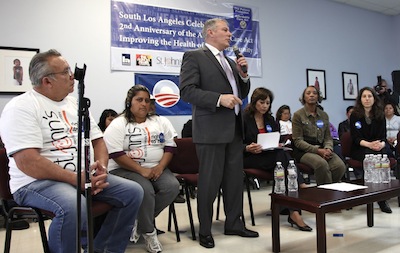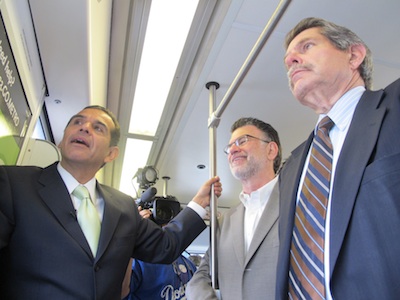Listen to the audio story from Annenberg Radio News:
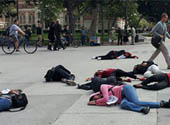 “It’s been 32 days since neighborhood watchman George Zimmerman shot and killed Trayvon Martin in Sanford, Florida. Zimmerman claims he acted in self defense. But USC student Matthew Gray doesn’t buy Zimmerman’s argument.
“It’s been 32 days since neighborhood watchman George Zimmerman shot and killed Trayvon Martin in Sanford, Florida. Zimmerman claims he acted in self defense. But USC student Matthew Gray doesn’t buy Zimmerman’s argument.
“Just self defense is just not going to fly with me,” said Gray. “Because he’s at least 100 pounds heavier than Trayvon. Through different people who have seen the incident, he attacked Trayvon verses Travyon attacking him so it all just doesn’t add up.”
According to the Sanford Police Report, Zimmerman claims Martin looked suspicious wearing a hoodie in the rain inside a gated community. Police say Martin was unarmed and was only carrying a packet of skittles and an ice tea. BUT Zimmerman chose follow him and an altercation ensued.
Eddie Jones Jr., the President of the Los Angeles Civil Rights Association, led a protest today in Crenshaw.
“How dare Zimmerman have the audacity take a loaded 9 millimeter weapon,” said Jones. “ That’s a premeditated conspiracy to commit murder on a young person that was completely innocent.”
But according to some eyewitness accounts and a police investigation, Zimmerman may not have killed Martin in cold blood. According to the Orlando Sentinel, the police reports say Martin punched Zimmerman in the face and then slammed Zimmerman’s head against the sidewalk.
However, the Orlando Sentinel released a video from a security camera that shows police escorting a handcuffed Zimmerman into an interrogation room the night after the killing. Zimmerman has no visible head injuries.
Rachel Zolensky is the president of a brand new USC club called the Alliance of White Anti-Racists Everywhere (AWARE). She says Travyon’s case is a manifestation of American institutional racism.
“You know this isn’t the first case where something like this has happened. There’s a history in the United States of Black Life not being valued the same as White life.”
USC students will gathered on campus on Thursday night for a candlelight vigil in Trayvon’s honor.









 “Wait a second, there was an urban legend that there was a judge that was painting out graffiti,” Totten said.
“Wait a second, there was an urban legend that there was a judge that was painting out graffiti,” Totten said.  You probably used to hear it from your parents all the time.
You probably used to hear it from your parents all the time. Mark Berndt, 61, arrested on suspicion of committing lewd acts upon a child, faces 23 criminal counts involving children aged 7 to 10 years old.
Mark Berndt, 61, arrested on suspicion of committing lewd acts upon a child, faces 23 criminal counts involving children aged 7 to 10 years old. Dear LAUSD School Board Members, Superintendent Deasy, Secretary Duncan, and President Obama,
Dear LAUSD School Board Members, Superintendent Deasy, Secretary Duncan, and President Obama,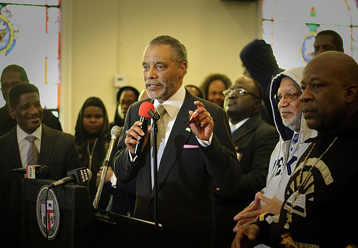 But Eighth District Councilman Bernard Parks urged respect for the legal process.
But Eighth District Councilman Bernard Parks urged respect for the legal process.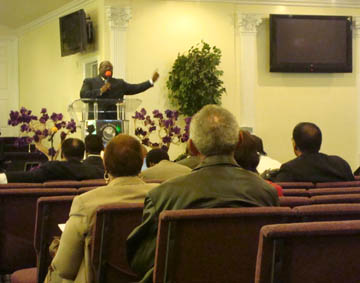 Members of the Baptist Minister’s Conference gathered together Monday to pray and oppose the injustices of 17-year old Trayvon Martin’s murder, who was shot dead last month while unarmed in Sanford, Florida.
Members of the Baptist Minister’s Conference gathered together Monday to pray and oppose the injustices of 17-year old Trayvon Martin’s murder, who was shot dead last month while unarmed in Sanford, Florida.